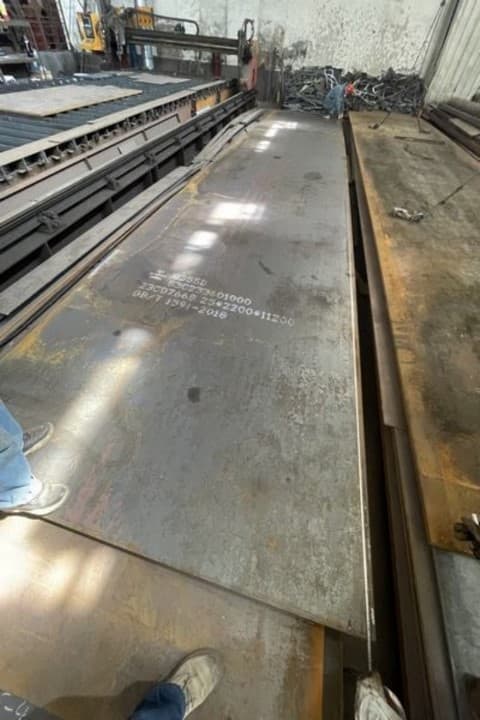Q235B and S235J0: Key Differences, Welding Considerations, Chinese Steel Mills’ Production and Advantages
Q235B and S235J0 are two widely used structural steel grades, each with its unique characteristics and applications. Understanding the differences between these two grades, along with the production capabilities and advantages of Chinese steel mills, is crucial for making informed decisions in engineering projects. This article aims to delve into these distinctions, referencing their respective standards, highlighting welding considerations, and discussing the production and advantages of Chinese steel mills.
Q235B and S235J0: Reference and Properties
Q235B, according to the Chinese standard GB/T 700, is a carbon structural steel known for its strength and ductility. It is widely used in various structural applications in China and other Asian countries. On the other hand, S235J0, defined by the European Norm EN 10025, is a structural steel grade commonly found in European projects. Both grades have similar yield strengths but may differ slightly in their chemical composition and mechanical properties.
Key Differences
The primary difference between Q235B and S235J0 lies in their standards and geographical applications. Q235B is primarily used in China and other Asian countries, whereas S235J0 is more commonly found in European projects. Additionally, although both grades have similar yield strengths, their chemical composition and mechanical properties may vary slightly, leading to different performance characteristics in specific applications.
Welding Considerations
When welding Q235B or S235J0, several key considerations come into play. Firstly, it is essential to select the appropriate welding consumables, such as electrodes or welding wires, that are compatible with the base material. This ensures a strong and defect-free weld joint. Secondly, proper welding techniques and procedures must be followed to avoid welding defects like porosity, cracks, or undercuts. Preheat and post-weld heat treatment may also be required to minimize the risk of welding stress and cracking.
Furthermore, it is crucial to maintain the cleanliness of the welding area, as contaminants can affect the quality of the weld. This includes removing rust, oil, and other impurities from the surface of the steel before welding. Additionally, controlling the welding temperature is essential to prevent overheating, which can damage the material’s microstructure and mechanical properties.
Chinese Steel Mills’ Production and Advantages
China is renowned for its robust steel production, with numerous mills across the country catering to domestic and international demands. These mills, such as those mentioned in the article, possess advanced production facilities and technologies, enabling them to produce high-quality steel efficiently.
One significant advantage of Chinese steel mills is their scalability and flexibility. They can quickly adjust their production lines to meet changing market demands, whether it’s for Q235B or other steel grades. This flexibility allows them to cater to a wide range of customers and applications.
Moreover, Chinese steel mills often benefit from lower production costs due to economies of scale and efficient resource utilization. This translates into competitive pricing for their products, making them attractive to both domestic and international buyers.
In terms of Q235B and S235J0 production, Chinese steel mills have the capability to produce both grades efficiently. However, given the local demand and standards, Q235B is more commonly produced and used within China. Nevertheless, with their advanced production capabilities, Chinese mills can also cater to the international market for S235J0 or other European standard steel grades.
Conclusion
Q235B and S235J0 are two structural steel grades with distinct properties and applications. Understanding their differences and considering welding best practices is crucial for engineering projects. Additionally, Chinese steel mills, with their advanced production capabilities and competitive pricing, play a significant role in meeting the global demand for these steel grades. By leveraging their scalability, flexibility, and efficient resource utilization, these mills continue to contribute to the growth of the steel industry worldwide.

